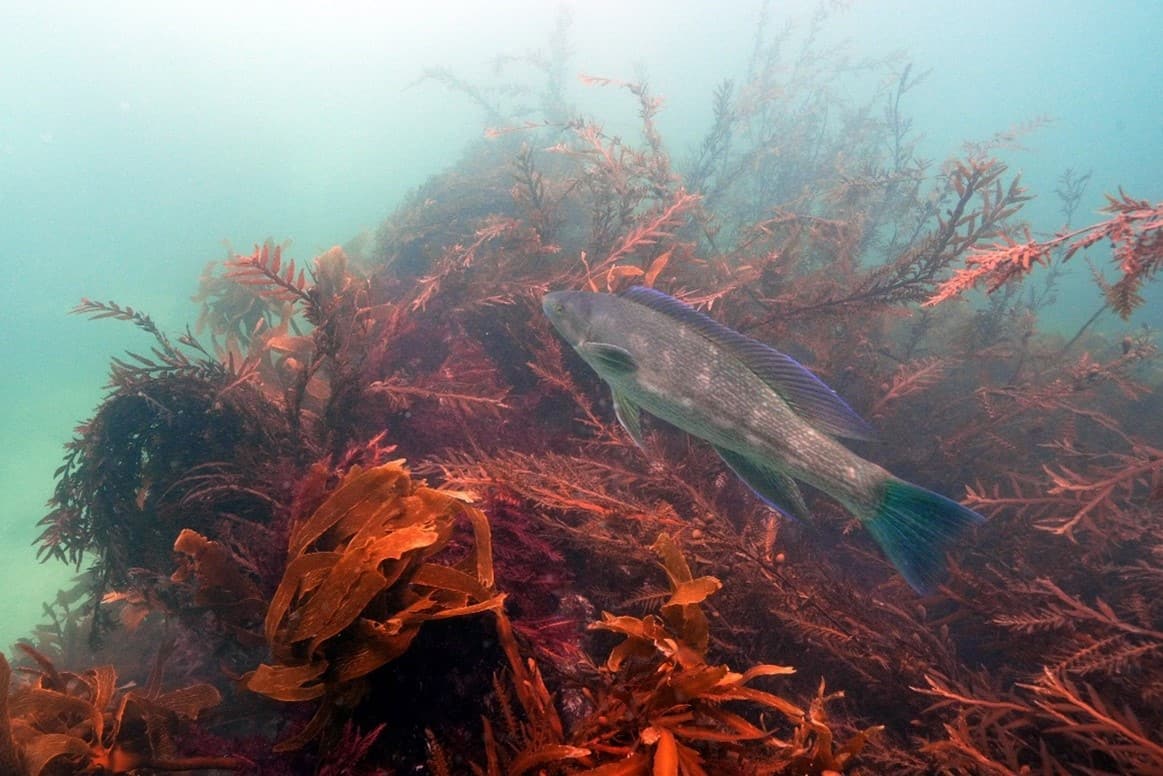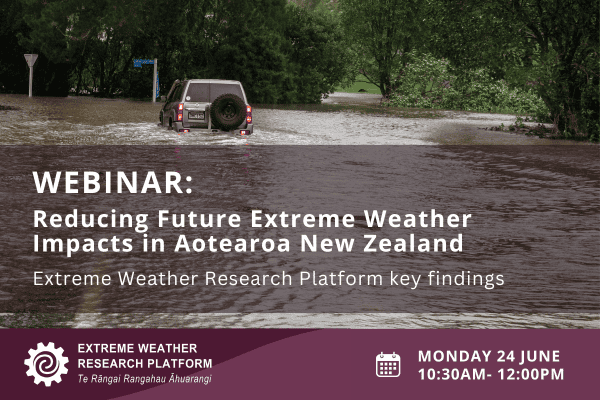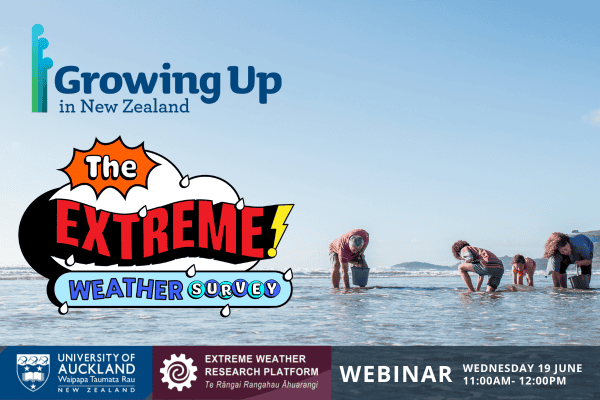By Leigh Tait, NIWA
Cyclone Gabrielle significantly impacted the Hawke’s Bay and Tairāwhiti nearshore marine coastal zone, an area of vital social, cultural, aesthetic and economic importance. The focus of this work was to quickly and effectively acquire data to determine the stressors (sediment and woody debris) and their long-lasting impacts on invertebrates and other bottom-dwelling organisms, fish stocks, and breeding areas.
Progress to date
NIWA field teams have completed two campaigns following multiple weather delayed trips in Spring 2023. Two NIWA teams, an aerial drone team, and a subtidal sampling team completed field campaigns in November and December 2023. Campaigns focused on the Hawkes Bay region and aerial imaging of a network of locations in Te Tairāwhiti was initiated at Tokumaru Bay (Figure 1).
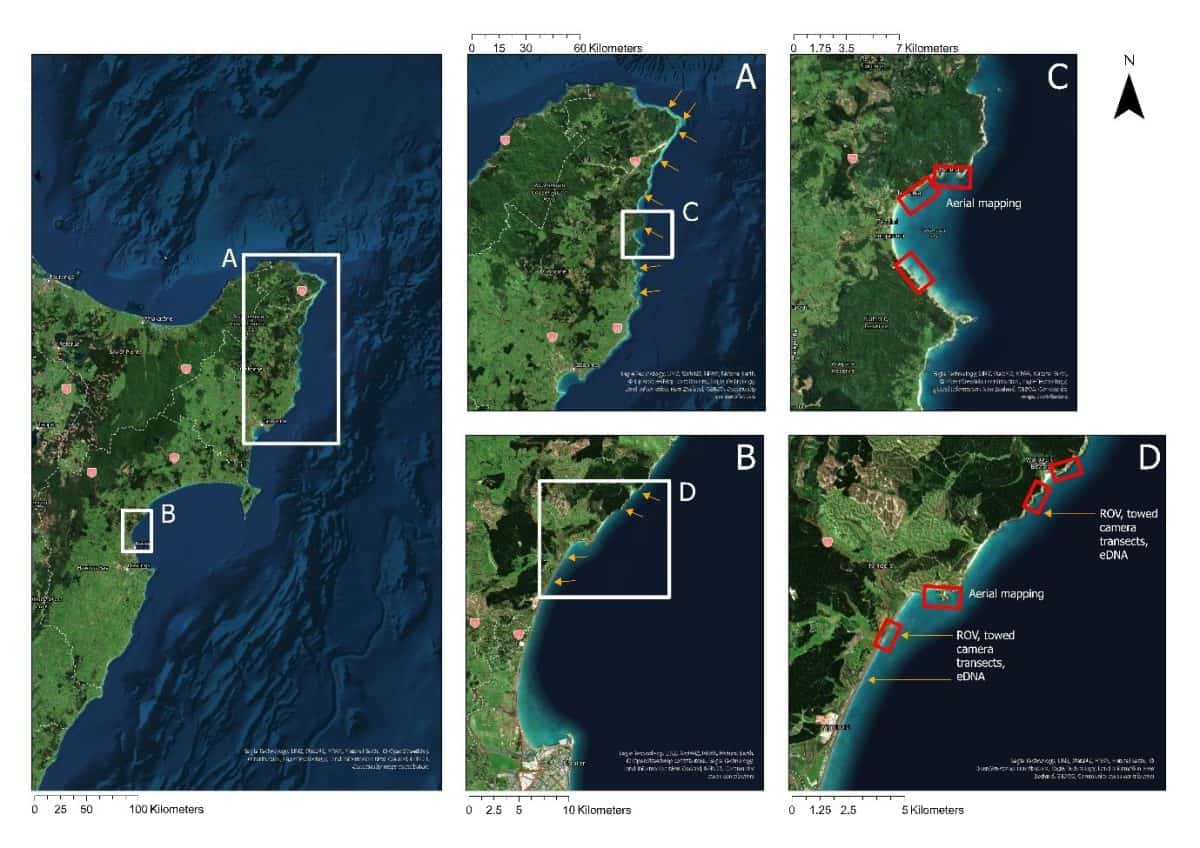
Repeat monitoring of subtidal ecosystems – Hawkes Bay
Subtidal surveys of vulnerable rocky reef habitat were performed at sites surrounding the Esk River Catchment and the Tangoio region. Activities included:
- Remotely Operated Vehicle (ROV) surveys of seafloor ecosystems
- drop camera transects of seafloor ecosystems
- sampling of mussels for contaminants (e.g., faecal coliforms)
- eDNA sampling of bottom water
- sediment sampling for stable isotope source tracing.
Notable Observations
Rocky reef habitats nearest the Esk River catchment had notable accumulations of woody debris (Figure 2). Some changes in the composition of seafloor communities was also evident, but require formal analysis to quantify the level of change.
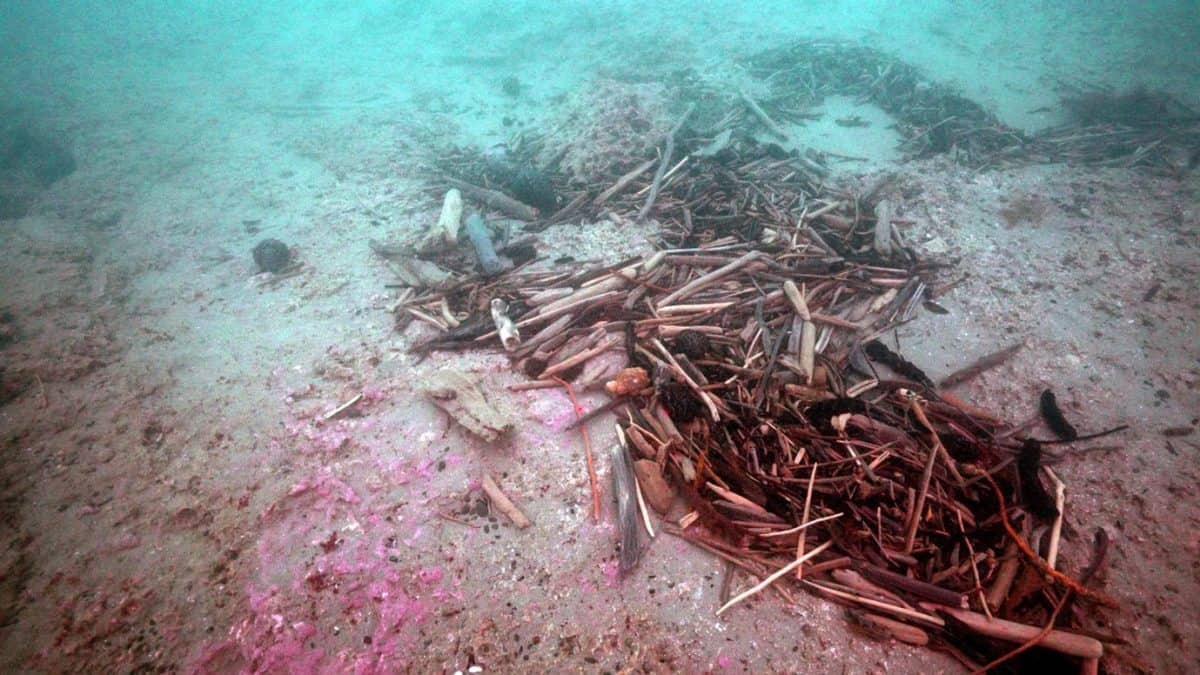
Furthermore, the Kuku Rock location at the mouth of the Waikari catchment had a notable absence of the kelp Ecklonia radiata, including multiple instances of dead plants (as indicated by remnant holdfasts; Figure 3). Ecklonia radiata is a nationally significant habitat-forming kelp and plays an important role in providing habitat for a range of species and supports high biodiversity.
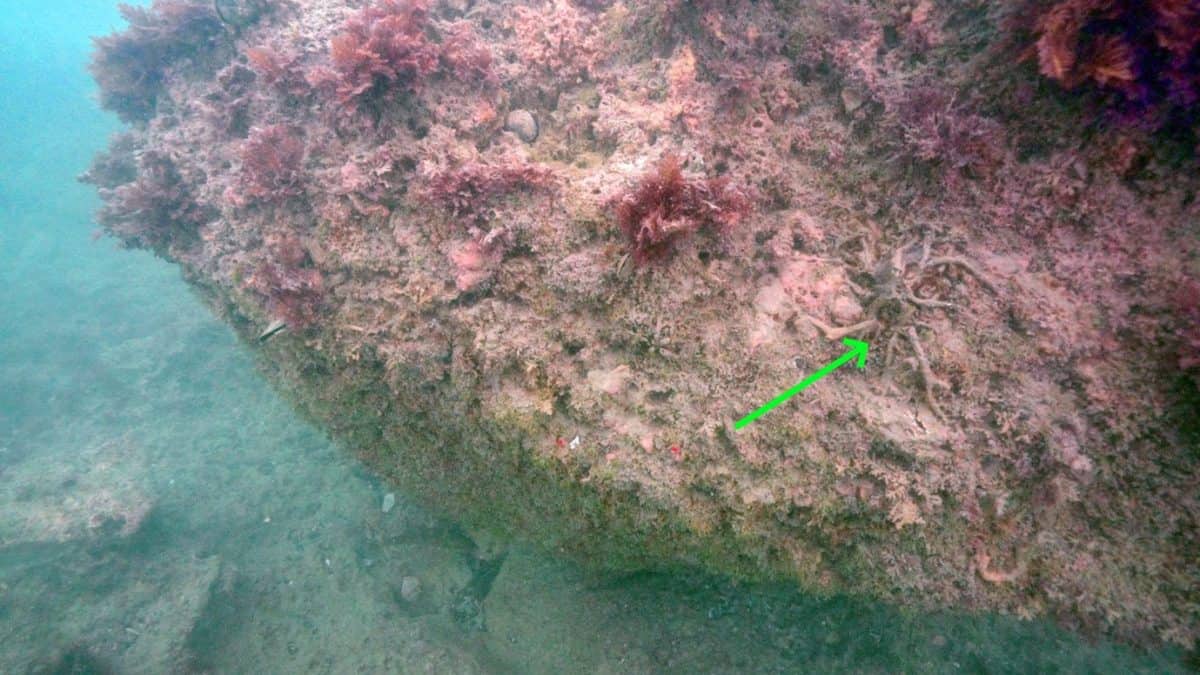
There was a conspicuous absence of Ecklonia radiata at this location, likely reductions in other canopy-forming seaweed, and possible evidence of shifts to communities dominated by invertebrates (e.g., sea-tulips, Pyura pachydermatina; see Figure 4 for pre- and post-cyclone comparisons). Seafloor ecosystems away from areas of river discharge had similar communities pre- and post- cyclone Gabrielle.
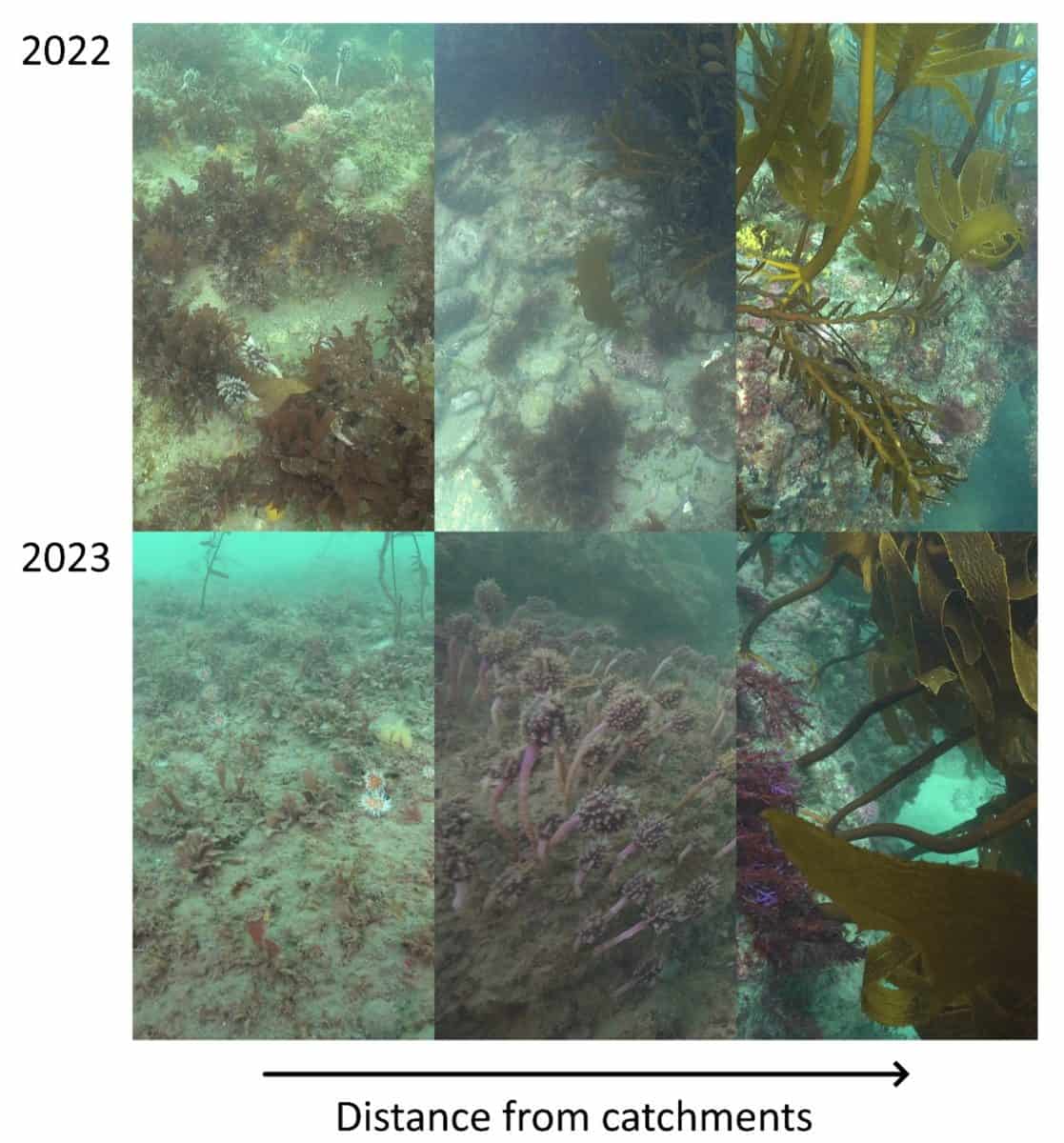
Next steps
eDNA and mussel samples are being processed in the laboratory before statistical analysis and summary. Seafloor imagery will be analysed and processed before comparisons between pre- and post- cyclone changes.
Baseline monitoring of intertidal rocky reef platforms – Hawkes Bay, Te Tairāwhiti
Aerial drone surveys were performed at 6 sites from Tangoio to Tokumaru Bay. Further surveys are scheduled for summer 2024 across Te Tairawhiti.
Activities include:
- multispectral imagery capture of intertidal rocky reef and shallow subtidal zone.
- geospatial sampling of key biological classes to align validate aerial imagery.
- collection of real colour aerial imagery.
Notable observations
Aerial surveys revealed extensive beds of macroalgae across the lower intertidal zone and shallow subtidal. The coverage and composition of these beds will be compared across gradients of exposure to riverine input to examine the potential consequences of Cyclone Gabrielle. Notably seagrass beds (Figure 5) were observed at Tokumaru Bay on rocky reef habitat, apparently in areas where they have not been observed in the past. Extensive rocky reef platforms supported extensive, although frequently low lying macroalgal habitat at Tokumaru Bay sites (Figure 6), while the habitats surrounding Tangoio were dominated by steep relief boulder habitat (Figure 7).
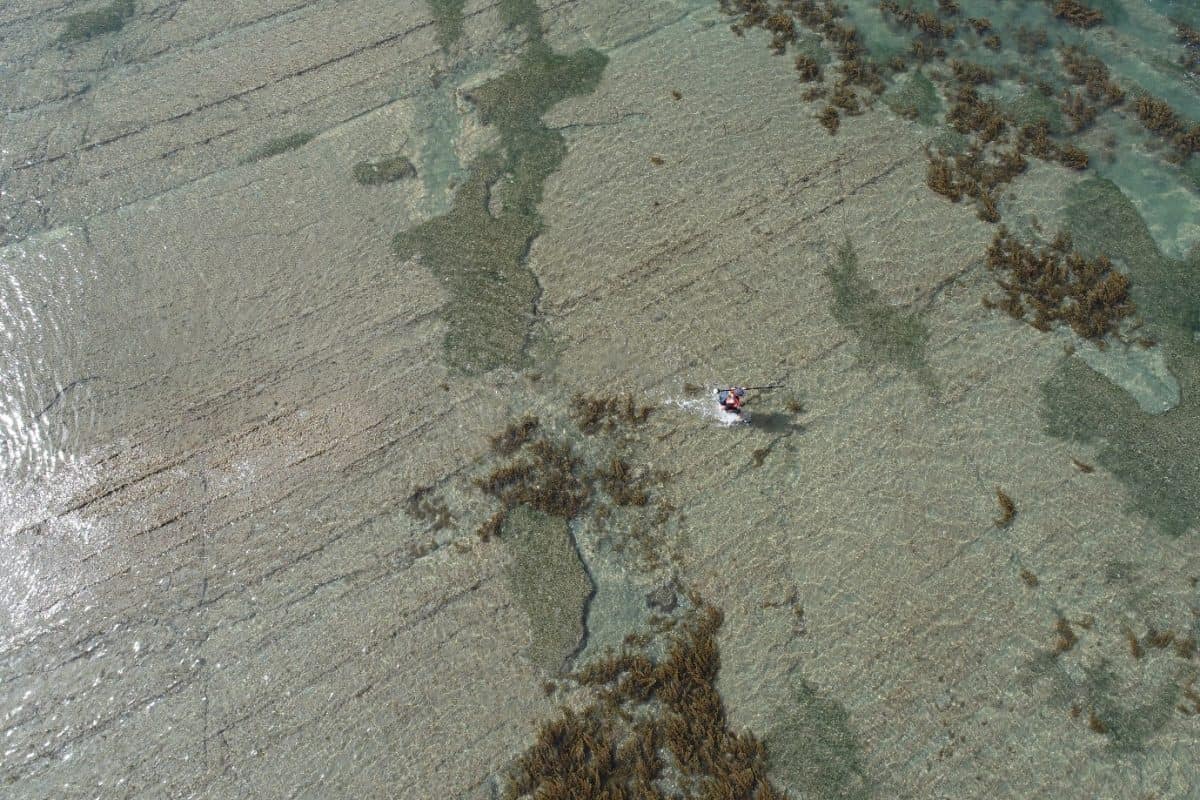
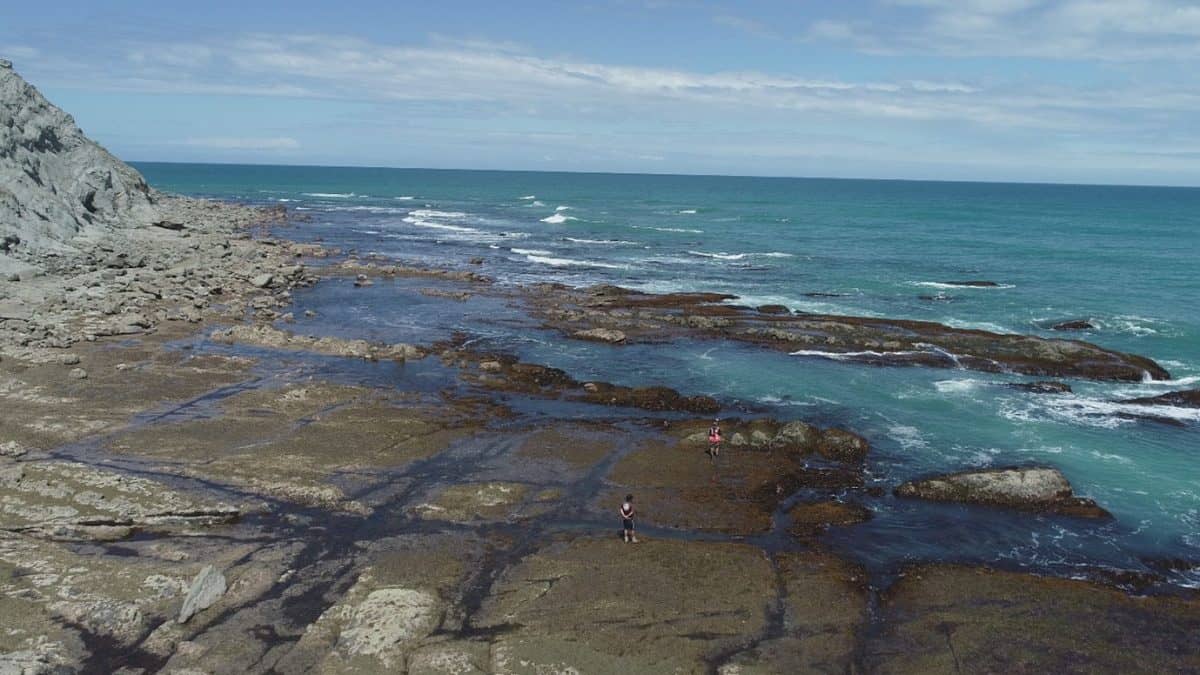
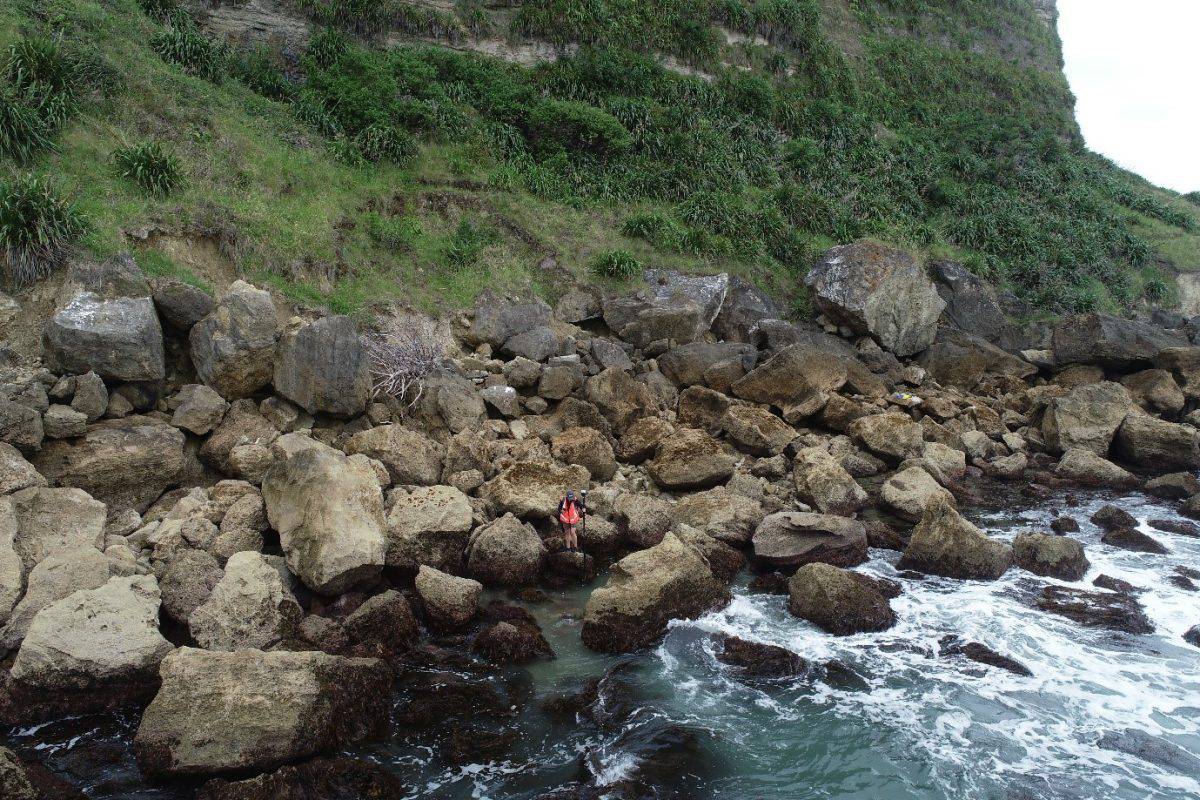
Next steps
Further surveys will map additional sites spanning the Te Tairawhiti Coast in the early months of 2024.
